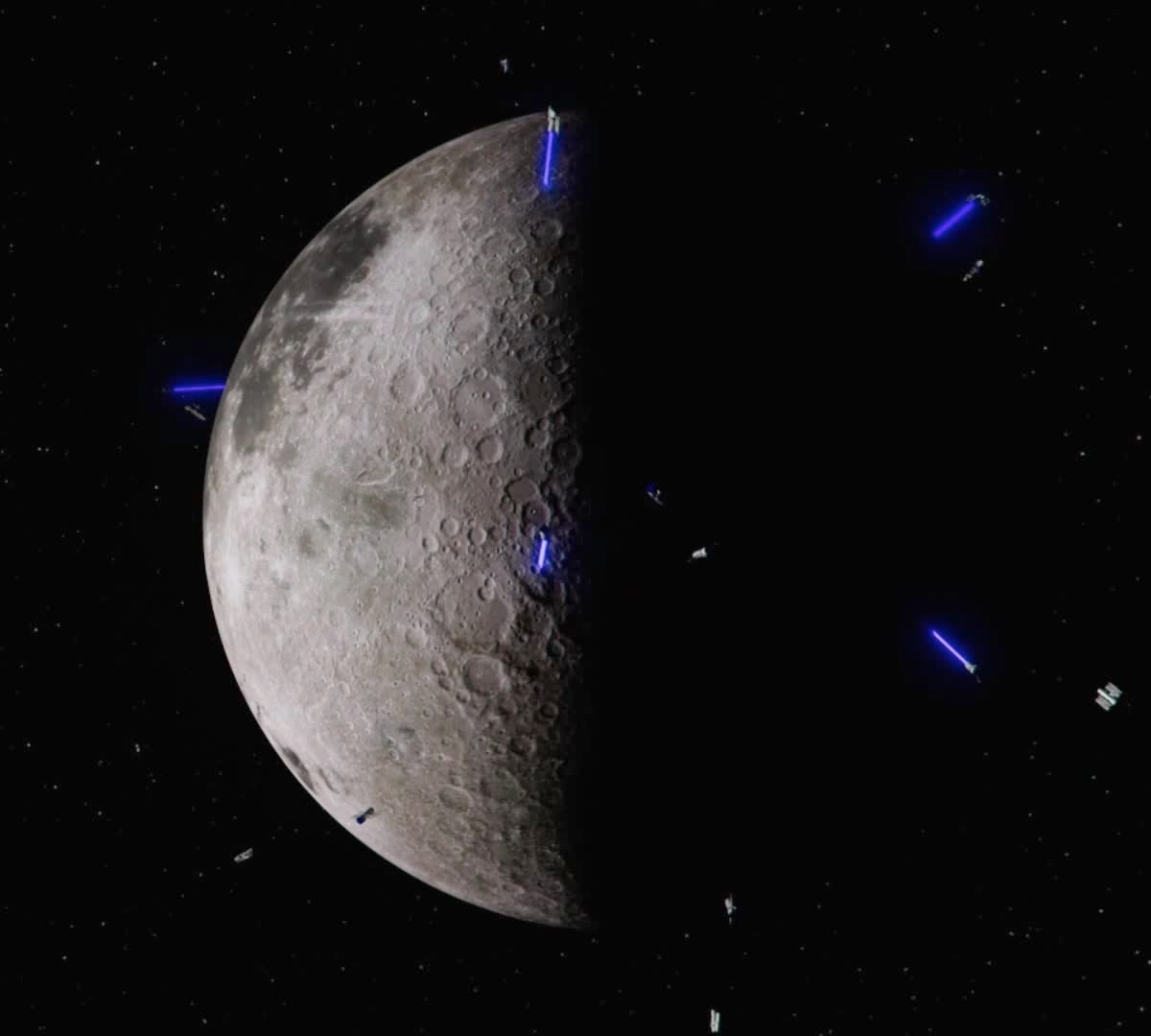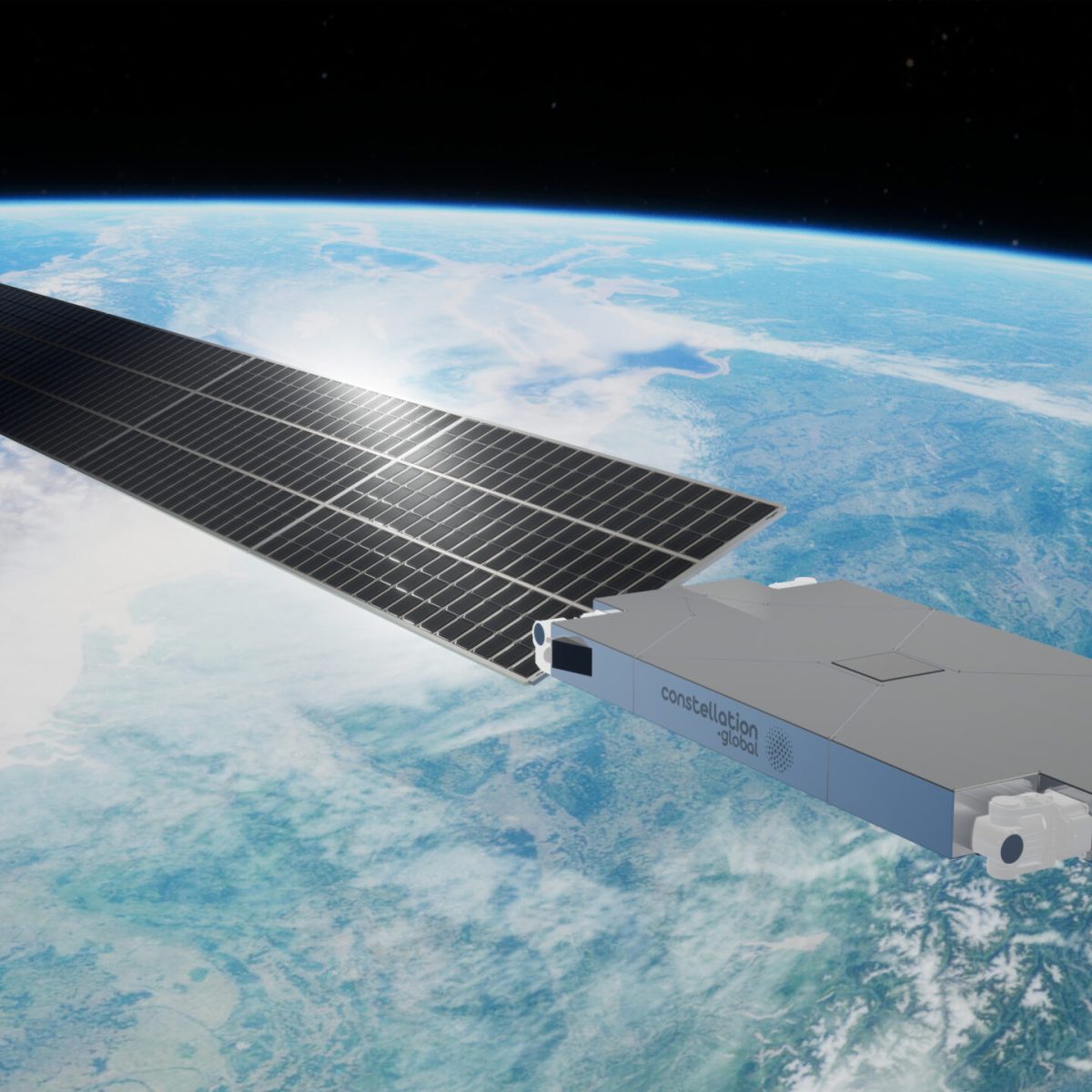AUSTIN, Texas — SpaceX launched a cargo Dragon mission to the International Space Station Nov. 9 from one Florida pad as it completes work on a neighboring pad to support crew and cargo missions.
A Falcon 9 lifted off from Launch Complex 39A at 8:28 p.m. Eastern and placed a cargo Dragon spacecraft into orbit on the CRS-29 mission. The Dragon is scheduled to dock autonomously with the ISS at about 5:20 a.m. Eastern Nov. 11. It will remain at the station until early to mid December.
The launch was originally scheduled for Nov. 5 but was delayed to replace a Draco thruster on the spacecraft that had a valve leaking nitrogen tetroxide propellant, said Benji Reed, senior director of human spaceflight programs at SpaceX, at a prelaunch briefing Nov. 8. After the thruster was replaced, technicians detected traces of nitrogen tetroxide in the area, but decreased once the system was fully pressurized.
The Dragon is carrying 2,950 kilograms of cargo. Key payloads being ferried to the station on the spacecraft include a laser communications demonstration called ILLUMA-T that will provide high-bandwidth communications through the Laser Communications Relay Demonstration payload on the STPSat-6 satellite in geostationary orbit. Also on Dragon is the Atmospheric Waves Experiment (AWE), which will study phenomena called gravity waves in the Earth’s upper atmosphere, including their links to space weather.
The spacecraft is carrying other supplies, experiments and hardware for the station and its crew. Among them is a tool bag to replace one that floated away during a spacewalk Nov. 1 by NASA astronauts Jasmin Moghbeli and Loral O’Hara.
The bag lost in the spacewalk had some ancillary equipment, like tethers and sockets, inside. “It’s unfortunate we lost them but it’s not a huge impact,” said Dana Weigel, NASA ISS deputy program manager, during the prelaunch briefing. NASA is still investigating how the bag floated away.
The launch, like other launches of the current version of Dragon carrying crew and cargo, took place from LC-39A. SpaceX, though, is completing a tower at nearby Space Launch Complex 40 that is designed to allow its use for Dragon missions. Workers recently installed the crew access arm, one of the last major components for the tower.
“We are creating that capability off of pad 40 to be able to fly Dragons, cargo or human spaceflight missions,” Reed said. He noted that being able to have SLC-40 support Dragon launches would serve as a “relief valve for a heavy manifest” of missions using LC-39A, which is also used for Falcon Heavy launches. “Sometimes it’s better for our manifest and our customers’ needs to be able to have another place to fly Dragon.”
Having a Dragon capability at SLC-40 also ensures that Dragon missions can continue to launch if LC-39A becomes unavailable for an extended period “for whatever reason.” Besides hosting Falcon 9 and Falcon Heavy launches, SpaceX is building a Starship launch pad at LC-39A.
Spaceflight Now reported that the tower may be first used for the Ax-3 private astronaut mission to the ISS, scheduled to launch in early January. Launching Ax-3 from SLC-40 would allow LC-39A to be used for the IM-1 lunar lander mission launching as soon as Jan. 12, which must launch from that pad because it is set up to fuel the lander just before launch.
Reed declined to confirm if Ax-3 would be the first crewed mission launching from SLC-40. “When it comes to the upcoming manifest, we’re working through that,” he said. “The good news is that, with 40 coming online, we have more options.”



